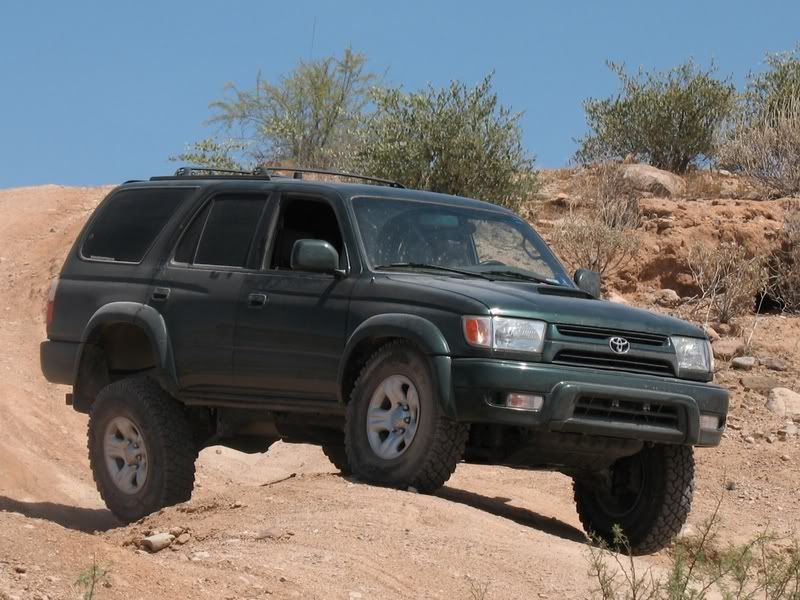Good info, thanks guys. You have addressed my concerns and answered my questions thoroughly as expected.
My swaybar is off and is staying that way. My commute is only about 5 miles and in traffic at 60mph tops, and after driving without the swaybar for 2 days I am finding the slight increase in body roll manageable and the ride is actually less harsh as well. (Not that donahoe coilovers are harsh, but you know what I mean.)
From a quick excursion yesterday offroad I also definitely feel the rig is sitting more level on uneven terrain as well.
I think for my rig set up the way it is the tradeoff is well worth it.
My swaybar is off and is staying that way. My commute is only about 5 miles and in traffic at 60mph tops, and after driving without the swaybar for 2 days I am finding the slight increase in body roll manageable and the ride is actually less harsh as well. (Not that donahoe coilovers are harsh, but you know what I mean.)
From a quick excursion yesterday offroad I also definitely feel the rig is sitting more level on uneven terrain as well.
I think for my rig set up the way it is the tradeoff is well worth it.





